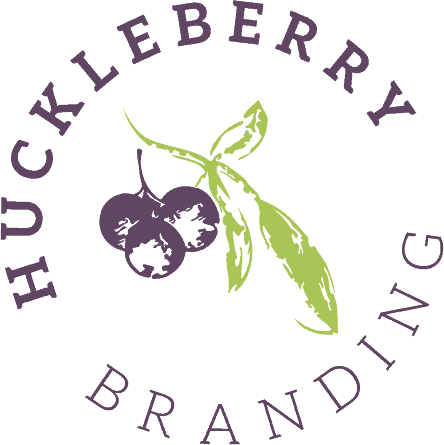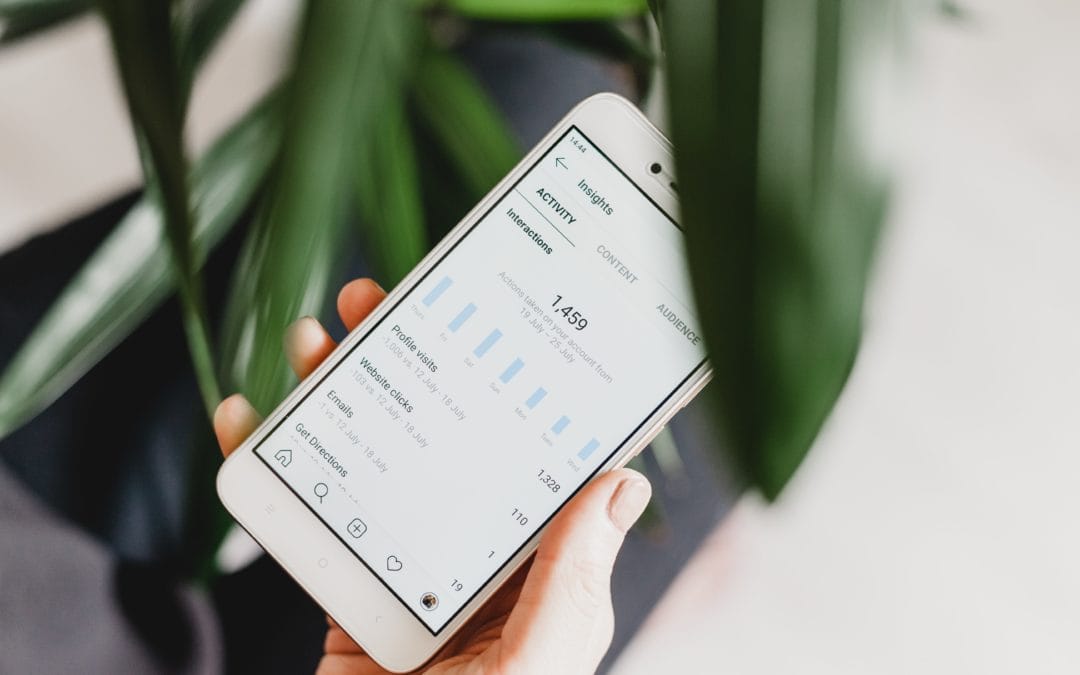We all know social media is important for marketing and advertising, but deciding what platforms are best for you and your customers is also key. With so many options available, it’s unlikely you’ll have the time or resources to invest in all of them. Nor should you! Here’s what you should consider:
- Who is your audience? Who is your ideal customer profile? Are you targeting multiple personas? What is the target age range of your audience? What social media platforms are your target audience currently frequenting? For example, if you work in the manufacturing industry with predominantly men between 40-60 years old, TikTok is not an ideal platform for you, even if it’s trendy. Invest in resources where your audience is naturally hanging out for the best ROI.
- What’s your motive? Social media platforms are used for a variety of reasons. While LinkedIn occasionally includes life updates, it’s primarily used for business networking purposes. In comparison, Twitter is best for conversation, particularly around news and articles of interest. Considering your motive and call to action will help narrow down your list of potential social media platforms.
- What are the pros and cons of each platform? Each social media platform has its pros and cons when it comes to advertising. For example, ads that run on Facebook and Instagram typically have a lower cost per click rate than LinkedIn ads. However, you can target super-specific audience demographics on LinkedIn, which might be more beneficial for your company and advertising goals.
Once you’ve identified your audience and motive and considered the pros and cons, you’re ready to choose your platforms.
An Overview of Social Media Advertising Platforms
Facebook and Instagram ad platforms have massive audiences and a relatively low cost per click. Both are excellent options for retail, e-commerce, and B2B service-based businesses. Keep in mind that even if you’re using Facebook Ads, the ads can be displayed outside of social media on Facebook’s audience network, which are third-party apps and sites outside of Facebook or Instagram feeds.
When running ads on Facebook or Instagram, there are many more variables to target than just gender, age, and location. For example, we recently targeted social ads for a furniture store to people who had recently changed their “live in” status to Nashville. In another case, we worked with a wedding photography company and specifically targeted ads to those in the Nashville area who recently changed their status to “engaged.” You can also upload target lists using website visitors, email subscribers, and more to retarget ads. The versatility and expanded set of audience targeting parameters privy to Facebook and Instagram Ads makes it one of the most popular social media advertising platforms available.
LinkedIn is an ideal platform for either job ads or lead generation, primarily for B2B service-based businesses. It’s great for networking opportunities and is very much a work-related social media platform. If your brand is in a non-business-related retail or e-commerce business, LinkedIn might not be the best fit for your goals (except for hiring, which LinkedIn ads are great for!)
It’s essential to keep in mind that LinkedIn has the highest cost per click of all social media-based ads. However, you can also target audiences based on professional characteristics that aren’t always accessible using other platforms, such as Facebook. And you can target your audience by professional title, company, years of professional experience, or industry. Like Facebook, LinkedIn also has its own audience network, which extends the reach of your ads outside of the LinkedIn feed.
If your goal is to build brand awareness and you currently have or are planning to launch specific products or brands, YouTube Ads might be a good fit. Many artists and influencers use YouTube ads, but it requires quality video content to be effective, which can be expensive. While YouTube’s cost per impression is on the lower end, we have found that there are generally fewer clicks, as people are typically eager to watch their selected video.
TikTok is a growing platform used in over 150 countries across the globe. Currently, TikTok’s audience skews younger (think: 35 and younger), female, and mainly U.S.-based, but that’s starting to change. While TikTok is well-known as a place for trending dance challenges, you don’t need to be a good dancer to create relevant and compelling TikTok ads. There are lots of versatile ad formats available, including image and video ads on TikTok’s feed and off through its audience network. Comprehensive ad formats are available to managed brands, including hashtag challenges and branded effects, like stickers and filters.
Focusing on your target audience and purpose will help you narrow down which platform is best for your business and marketing goals. Remember, just because you experiment with one platform doesn’t mean you are stuck with it. If you do not see the results you anticipated, you can always try a new type of ad or style; just remember to track results carefully to ensure you’re clear on the best platform for your business and why. You also need to remember to monitor ads closely, especially during the first day or two, as you might find that an irrelevant audience is consuming your budget or that the ad isn’t running as expected.


